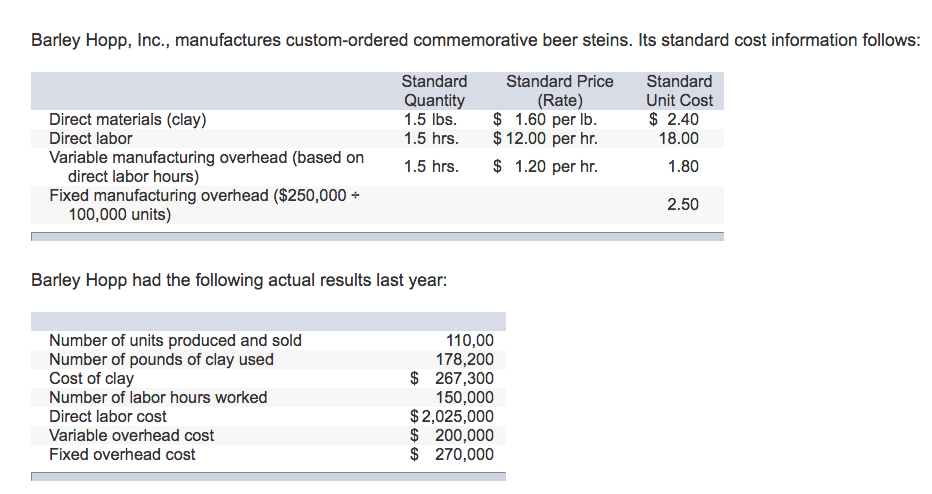
As a result, it is critical for you to reconcile your bank account within a few days of receiving your bank statement. A bank reconciliation should be prepared periodically because income summary account it is an important part of the internal controls of a company. While preparing bank reconciliations regularly is better than preparing it after a couple of months, if the number of bank transactions is low, companies may choose to perform it later. In the absence of proper bank reconciliation, the cash balances in your bank accounts could be much lower than expected, which may result in bounced checks or overdraft fees.
Adjust balances
- Keeping accurate records of your bank transactions can help you determine your financial health and avoid costly fees.
- These checks are the ones that have been issued by your business, but the recipient has not presented them to the bank for the collection of payment.
- This process involves matching the amounts and dates of each transaction to ensure that they are consistent across both sets of records.
- Performing immediate bank reconciliations for large cash amounts or suspicious transactions further increases your ability to catch fraud and error.
On the other hand, for companies with a low level of bank activity, not preparing bank reconciliations is also an option. As differences between debt consolidation and refinancing explained mentioned above, two different documents show the bank balance of a company at the end of a specific period. The company prepares the bank book while its bank prepares the bank statements. At the end of the period, there are going to be differences between the balances in both the documents.
Keeping track of the entire reconciliation process is crucial for reporting errors and corrections to the management team later. Documentation also helps non-reconciliation employees cross-check data and refer back to source documents. Reconciliation reports provide a summary of the reconciliation process and help to identify any errors or discrepancies. Failing to review these reports regularly can lead to errors in the reconciliation process. Starting with an incorrect opening balance can lead to errors in the reconciliation process. It’s essential to ensure that the starting balance is accurate before beginning the reconciliation process.
Add book transactions to your bank balance
While outstanding checks refer to checks that have been paid by the company but not presented by its suppliers. Therefore, the company must adjust these differences on the bank reconciliation statement. These charges may come in the form of bank charges, interest charges, or taxes levied by the government. Since the company does not receive the bank statement until the end of the month, it cannot predict these charges or record them. Unrecorded differences are amounts that are present in the bank statement but not present in the bank book are known as unrecorded differences.
Adjustments to the Cash Account
Bank reconciliation is a simple and invaluable process to help manage cash flows. To successfully complete your bank reconciliation, you’ll need your bank statements for the current and previous months as well as your company ledger. An online template can help guide you, but a simple spreadsheet is just as effective.
Reconciling the two accounts helps identify whether accounting changes are needed. Bank reconciliations are completed at regular intervals to ensure that the company’s cash records 8 small business tax deductions for 2020 are correct. A bank reconciliation statement is a document that compares the bank book balance of a company with its bank statement balance. If there are any differences between the two, the company, through bank reconciliation, can identify those differences. Then, according to the type of difference, the company can adjust it in its bank book or make it a part of its bank reconciliation statement.
How Often Should You Reconcile Your Bank Account?

However, there are situations where a bank reconciliation might be necessary at the earliest. For example, if a business identifies any suspicious activity or unidentifiable transactions, it’s essential to prepare a bank reconciliation immediately. Similarly, if customer payment checks on the balance sheet do not match bank records, a cross-check is necessary. In short, how often a company should prepare bank reconciliations depends on the level of activity in its bank accounts. For companies with a high number of bank transactions, preparing it every month or, if possible, several times in a month is better. That is because it can help the company detect any irregularities easily and fix them on time.
This helps you ensure that all financial records are accurate and up-to-date, facilitating quicker decision-making and issue resolution. Automation can solve the problem of time-consuming manual reconciliation and reduce errors. Cross-checking the bank statement and balance sheet can be done without human intervention using software tools. After checking all the critical items, adjust the cash balances to account for all expenses and transactions. Bank reconciliation statements are tools companies and accountants use to detect errors, omissions, and fraud in a financial account.
Therefore, bank reconciliation is the best option that companies have of detecting or sometimes detecting the error before it’s too late. As a result, you’ll need to deduct the amount of these checks from the balance. These outstanding deposits must be deducted from the balance, as per the cash book, in the bank reconciliation statement. Bank reconciliation isn’t just important for maintaining accurate business finances—it also ensures your customer and business relationships remain strong. Regular bank reconciliation double-checks that all payments have been accurately processed.
At times, your business may either omit or record incorrect transactions for checks issued, checks deposited, or the wrong total, etc. As a result of these direct payments made by the bank on your behalf, the balance as per the passbook would be less than the balance as per the cash book. This means that the company’s bank balance is greater than the balance reflected in the cash book.
